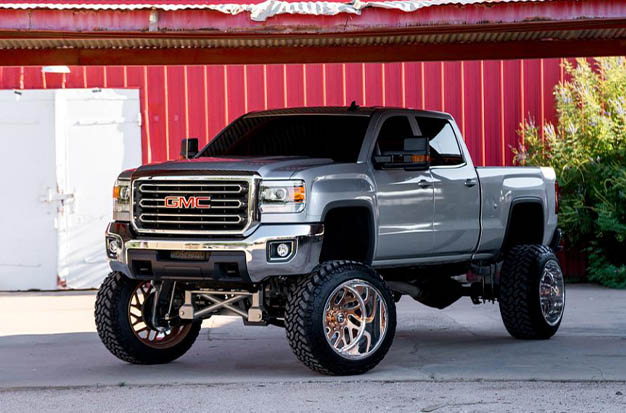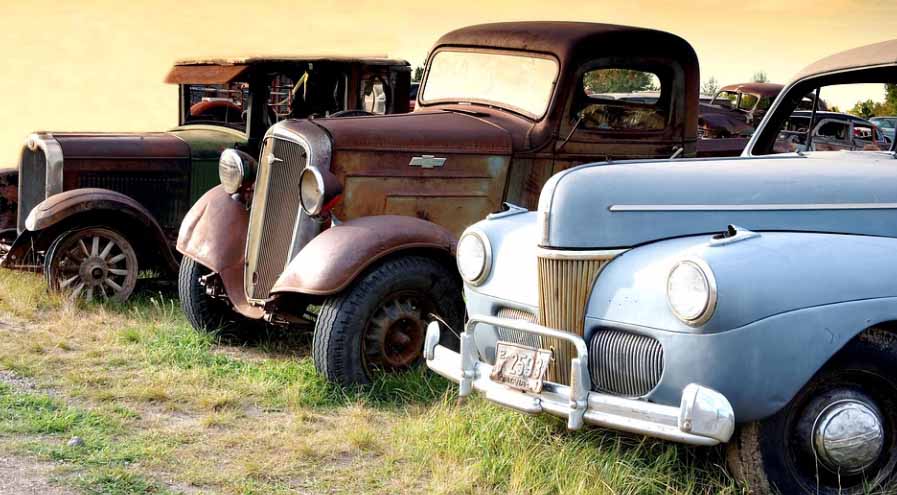
How To Adjust Camber On Chevy Truck – Find the Easy Steps
The camber of the wheels should be monitored and adjusted as necessary. To make sure the wheels are still straight, you should periodically check the camber setting on your car.
The amount that the wheels will tilt in or out depends on the vehicle’s camber. Even the smallest variations have a big impact on the car’s handling and tire life.
What Is Truck Camber?
The term “camber” refers to the angle of inclination of the wheel with respect to its vertical axis.
Consider drawing a line that is perpendicular to the ground and goes through the center of the wheel to better comprehend it.
Depending on the angular relationship between the wheel and this axis, we will use one type of camber or another.
Types Of Chevy Truck Camber
The term “camber” or “camber angle” refers to the tilt angle between the front and rear wheels.
You might decide to get a personalized tire alignment based on your needs. In order to do this, the camber angle must be changed.
Camber comes in three varieties: positive, negative, and neutral camber. The following is a succinct description of the different types of camber:
Neutral Camber Or Zero Angle
This particular situation allows for the largest possible contact surface when the wheel is at rest because it is perfectly aligned with the vertical axis.
Positive Camber
The wheel is angled in relation to its vertical axis so that the portion that touches the ground is tucked inside the bodywork.
Negative Camber:
As a result of the part in contact with the surface protruding outward, the outcome is the opposite.
Why Would A Chevy Truck Need To Have Its Camber Adjusted?

When it comes to camber, the maker of Chevy trucks is unable to make every vehicle user-friendly. Since everyone has a choice, Camber Adjustment or Wheel Alignment is the options that are available.
Let’s say your car was designed to travel for long distances in a straight line with minimal to no cornering. The favorable camber will then be given to you in that situation. Negative camber is the only option that is secure, though, if you’re willing to explore areas that demand extreme cornering.
How To Find The Best Camber Angle On A Chevy Truck
The best camber angle for the Chevy truck is entirely dependent on your requirements, tests, and preferences because there are various camber alignments available for various driving needs.
For instance, the neutral or zero cumber offers excellent braking and traction when driving on straight roads. Additionally, in both positive and negative alignments, the alignment results in more evenly distributed tire wear than the one-sided tire.
On the other hand, while pursuing corners and meanders, neutral alignment presents numerous difficulties. The truck’s positive camber alignment is best for you if you use it as an agricultural vehicle.
Corners and meanders benefit most from the negative camber alignment. Curvy roads with lots of corners will be ideal. It’s interesting to note that some Chevy trucks have hybrid camber, which enables testing of both negative and positive camber alignments.
Performance and tire longevity are influenced by camber angle. Depending on your needs, the use of your vehicle, and the characteristics of the roads you travel on, we advise adjusting the alignment.
How To Adjust Camber On Chevy Truck
Calculate The Camber
You must first determine the truck’s current camber angle. Verify that the wheels are straight along the front before you begin measuring. Inaccurate measurements may result from crooked wheels.
To make your work easier, you can use a camber gauge. The gauge needs to be set properly. This will guarantee that the hub’s and the caliper’s central component are interchangeable.
Set Up Your Garage And Car
Prior to anything, you must first check to see that everything is in its proper place and that you have all of the necessary supplies. You must set up your car and garage in addition to putting together the required tools. Ensure that your car is filled with people and is parked on a level surface. If a garage isn’t perfectly leveled, you can construct one using wooden planks and a laser leveling gauge; more on this in the article that follows.
Mark The Arm Ascending Bolts
Where would you look for arm ascending bolts? Observe how the control arm is fastened to the top of the chassis by the arm mounting bolts on either side of the frame.
Aligning the cam is the next step. Verify the frame’s exterior for this. As an expansion of the structure, the alignment bolt is visible there. You’ll be able to comprehend your truck’s cam system after doing this.
Check If The Chevy Truck Has Camber Bolts
Make sure your Chevrolet truck has camber bolts. The strut bolts on the car can help you with this. For those who don’t know, the camber bolt of the aftermarket variety comes with a washer and a tiny handle. The bolt head’s eccentric offset will be present in the factory model, in contrast.
Making The Bolt Loose
Make the non-camber bolt slightly less loose by using the impact gun. However, if your camber is an aftermarket model, you can loosen it up using two wrenches. In order to help you with the bolts once they begin to come loose, it would be best if you had a companion.
Lowering The Chevy Truck
The Chevy truck would then be lowered from the rack as the last step. The same technique you used to lift the car can be used for this. This will prevent placing the Chevy truck abruptly, which may result in issues and even damage.
Conclusion
These are all the steps needed to adjust camber on a Chevy pickup in the most straightforward way. A helper who can assist you with the bolt and with making sure everything is in place should always be close by.



Average Rating